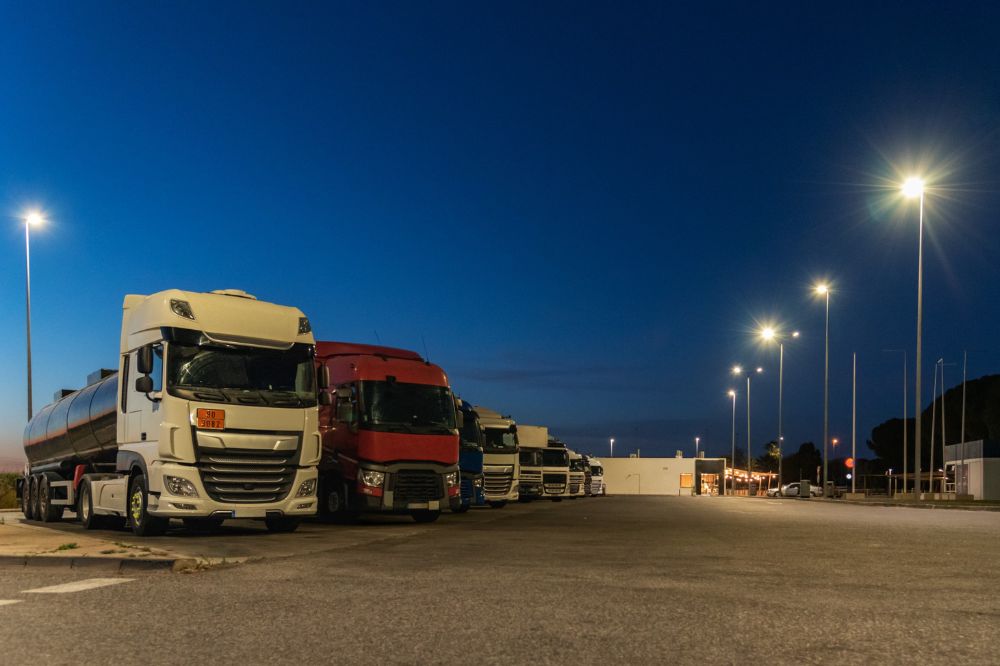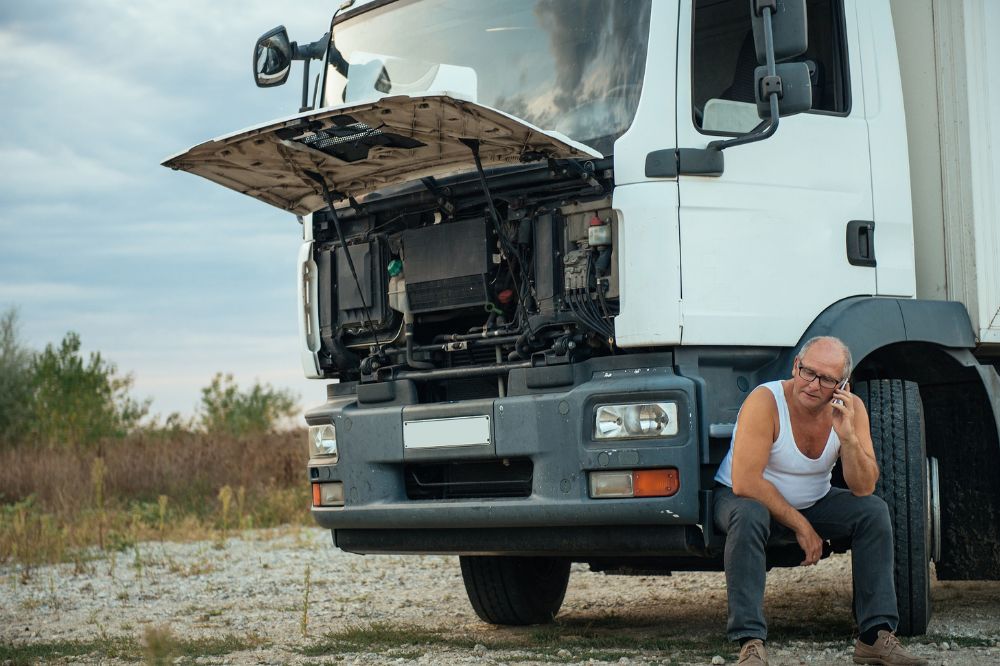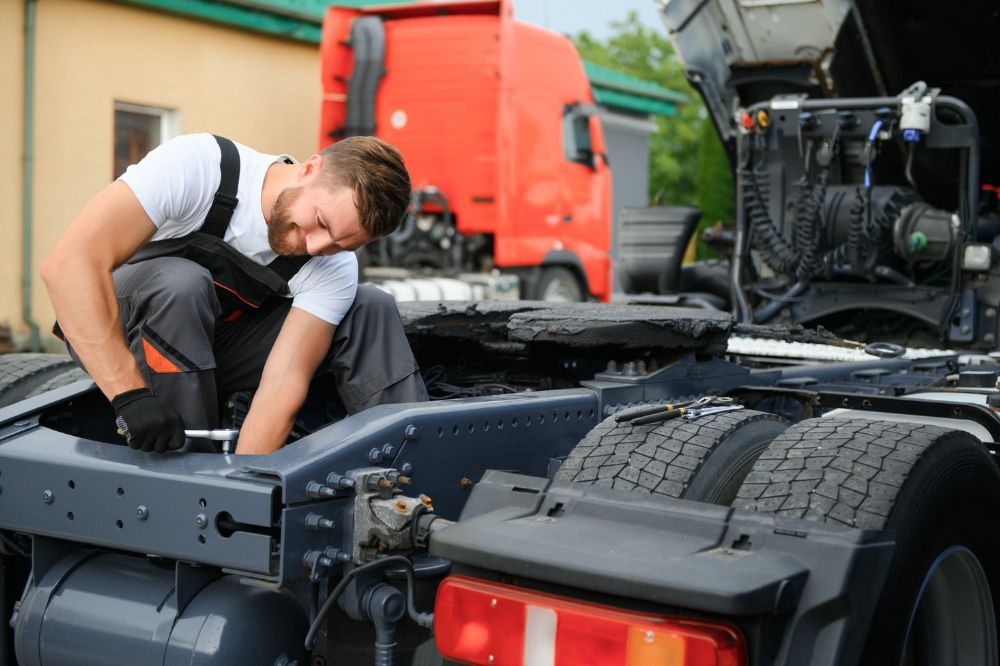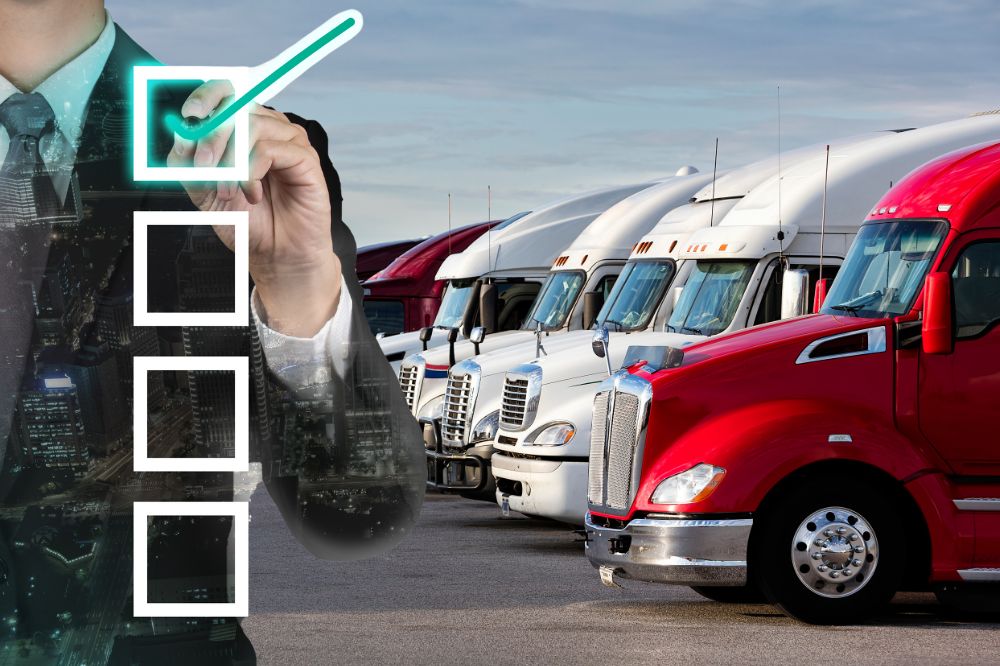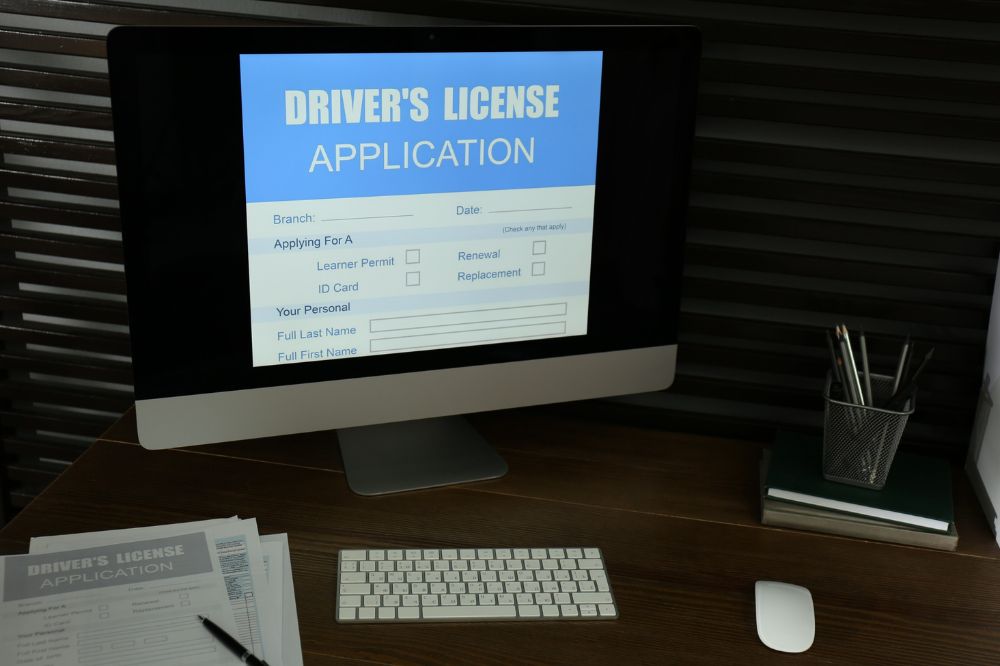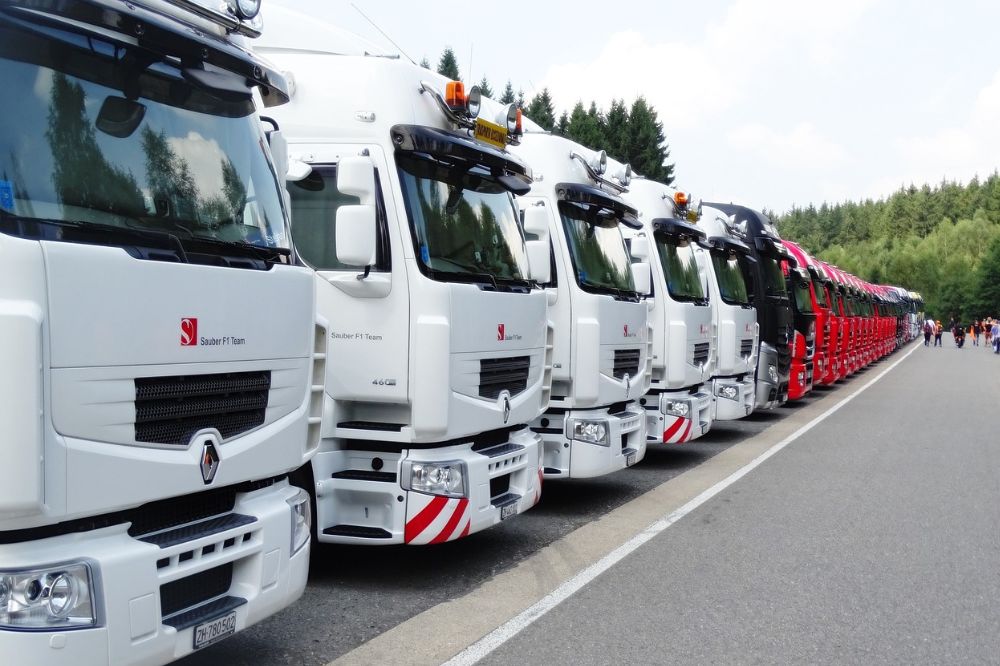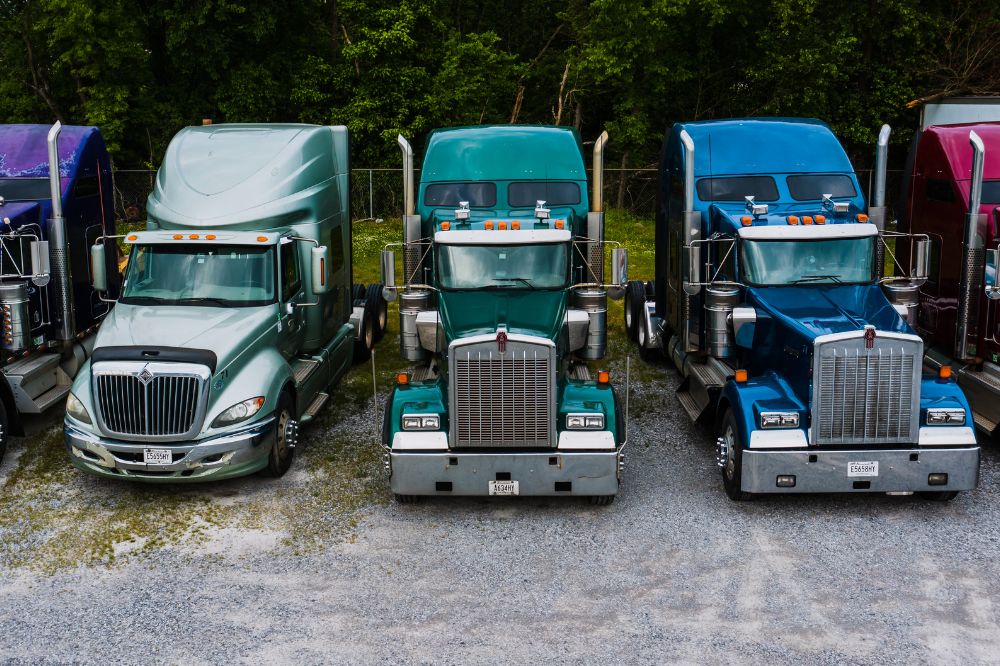If you’re an aspiring or new truck driver wondering where truck drivers sleep, read on to learn more.
For truck drivers, quality sleep isn’t about good health only. It’s an essential safety requirement by the Federal Motor Carrier Safety Administration (FMCSA).
FMCSA requires all truck drivers to follow strict hours of service regulations to ensure they get enough sleep between trips, so they can stay alert and safe when behind the wheel.
Where Do Truck Drivers Sleep In A Semi Truck?
Where truckers sleep depends on the type of truck driving they engage in (over-the-road, regional, or local trucking) and the type of semi-truck they drive (whether it’s a sleeper truck or a day cab).
Local drivers drive day cabs and cover short routes. They’re usually home at the end of each workday and get to sleep on their own bed.
Local truck drivers cannot legally sleep inside their day cabs due to the hours of service regulations related to required rest and sleeper berth provisions.
Over-the-road and regional drivers drive sleeper cab trucks and cover long distances. They spend multiple days on the road and usually sleep in their semi trucks in the sleeper cab.
What is a Sleeper Cab?
Also known as a sleeper berth or truck sleeper, a sleeper cab is a small room behind the driver’s seat of some trucks. It varies in size depending on a truck’s model, but it’s often large enough to accommodate a comfy bed and mattress for the truck driver to sleep on.

Sleeper berths are also well-equipped with basic amenities and extra household comforts that can make the truck a second home for you, including
- Cabinets and shelves for storing personal items
- A bunk heater for additional warmth during cold weather
- Electrical outlets, including a power inverter or an auxiliary power unit to boost the truck’s electrical system
- Electrical appliances, such as a TV, microwave, refrigerator, slow cooker, entertainment systems.
- Some expensive, custom-built trucks have a powder room. But this is rare. Most times, you’ll have to stop at a truck stop, rest area to tend to your hygiene and bathroom needs.
Where Do Truckers Park Their Semi Trucks When They Need To Sleep?
To use the sleeper cab, long-haul truck drivers must find a secure parking space and park their semi trucks. Common places where most drivers park when they need to sleep include:
- Truck stops: Truck stops are the best places to pull over and sleep because they’re designed as rest areas for large commercial vehicles. As a truck driver, you’ll find enough parking space and more services, such as well-functioning showers in most modern truck stops.
- Client sites: some clients allow truck drivers to park in their parking lots to sleep before heading out again.
- Company facilities: a few trucking companies offer dedicated company facilities where truck drivers can park and sleep.
Long-haul truckers can also sleep in hotels if they want to. Some drivers do this occasionally to switch things and spice up their routines. But, most stay away from this sleeping arrangement because it’s expensive and unsustainable long-term.
When parking to sleep in a semi-truck at night as a truck driver, you’ll need to observe the following safety procedures to keep safe:
- Pay Attention to Area: Certain areas, particularly during nighttime, can pose safety risks. It’s essential to familiarize yourself with locations that other truckers have identified as unsafe parking spots and actively avoid them to ensure your safety.
- Use Designated Truck Stops or Rest Areas: Avoid pulling over to rest by the roadside, on interstate ramps, or on the shoulder. You’ll put yourself and other road users at risk of fatal accidents. Doing this is also against the law in most jurisdictions, and you’ll get penalized.
- Familiarize yourself with your route: Familiarize yourself with the route you plan to take and identify the truck stops and other areas where you can park your truck if you need to take a quick nap before completing your trip.
- Lock your doors: Even though most truck stops have enough security, lock your doors as an additional safety measure.
Tips for Getting Better Sleep in a Truck
Sleeping in your semi-truck will not be the same as sleeping in your bed at home. But you can take a few measures to ensure you get high-quality, uninterrupted sleep through the night and wake up just as refreshed.
Pick a Good Parking Spot
With a sleeper truck, you can sleep anywhere. But you want to find a safe and quiet parking spot away from other trucks to enjoy rest at a rest stop. Avoid parking near the pumps, entrance, or exit, as these areas are often the noisiest.
Customize Your Bed
Make your sleeper cab a home away from home by customizing it to match your style. Get a high-quality mattress, nice sheets, a weighted blanket, and other warm sleeping gear to make your cab look and feel cozy.
Block Out Light
Sometimes, you’ll need to catch some sleep during the day or in brightly lit areas. Invest in blackout curtains, sleep masks, and sun shields to block out light. You’ll fall asleep faster in a dark room.

Reduce Noise
Trucks and other rest stops are never quiet, especially during the day. Consider purchasing noise-reducing earplugs or headphones to prevent the noise from interrupting your sleep. You can also buy a white noise machine or use a white noise sleep app to ensure quality sleep.
Try to Stick to a Sleep Routine
Despite the irregularity of delivery schedules and other trucking activities, try to create a sleep routine and stick to it. A sleep routine will make it easy to fall asleep when you need to rest. Your body will naturally recognize it’s time to sleep at the right time and stay alert when it’s time to work.
Final Thoughts
Getting enough sleep is not only crucial for your physical and mental health, but it also plays a role in the success of your career in trucking.
As a company truck driver, you’ll get paid based on mileage. When you rest well, you can stay alert, operate efficiently, and maximize your working hours. The more efficiently you work, the more miles you’ll cover and the more you’ll earn. .
If you’re looking to purchase your first semi-truck to kick-start your career as an owner-operator, reach out to us. We offer tailored commercial vehicle loans to new and seasoned commercial truck business owners. And can finance your first truck purchase to help you start your trucking venture smoothly, setting it up for success.


